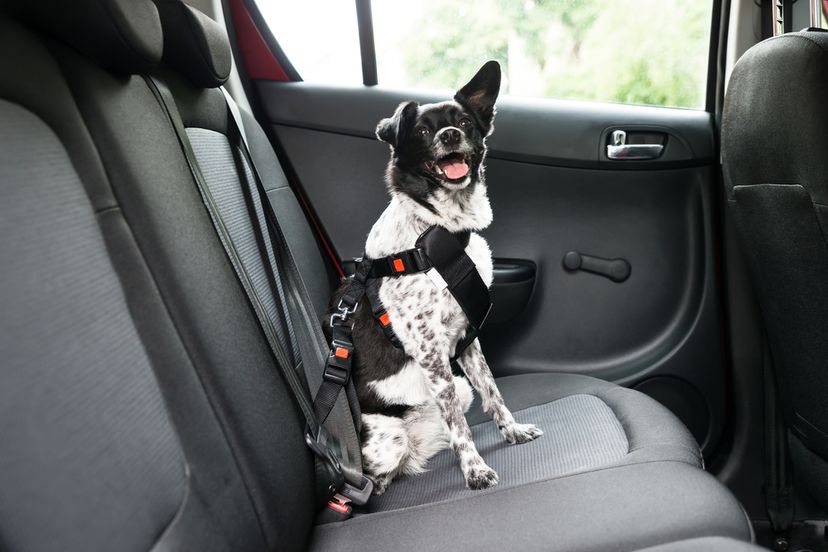
For many, pets are an important part of the family – so it only makes sense that you want them to join you on your family vacation. While traveling with your dog or cat may sound fun and Insta-worthy, it requires a significant amount of planning and preparation to ensure that it goes smoothly and everyone stays safe and sane. In order to help you and your fluffy friend get travel-ready, we’re preparing you with 15 common mistakes you’re likely to make while traveling with your pet.
Advertisement
1. Failing To Plan From Start to Finish
You should never travel last-minute with your pet. To make it go as smoothly and safely as possible, you need to think the trip through from beginning to end and come to terms with the fact that you might need to make some sacrifices to tailor the trip to your pet’s needs. If you don’t have a plan for what you’re going to do with your pet while you’re out and about, you shouldn’t bring them.
Bringing your furry friend on vacation can be so much fun, but the decision to bring them along shouldn’t be made lightly. You’ll want to consider your budget and weigh the cost of bringing them (for example, extra fees for pet-friendly accommodations or air travel) versus boarding them at a kennel or staying for free with family or friends. You’ll also want to book early enough, as even pet-friendly accommodations often only have a certain number of rooms available for you and your pet.

Advertisement
2. Not Double Checking If Your Accommodations Are Pet-Friendly
Nothing can ruin your trip like arriving at your destination only to realize that your pet is not allowed. There are restrictions in place in various countries that permit or bar entry to cats and dogs (which are the most common pet travelers), but also around more “exotic pets” like birds and reptiles. It’s important to find out the pet policy at every accommodation you’ll be staying at because they vary quite a bit, even within one city.
Some places are completely pet-friendly, some don’t allow animals unless they’re service dogs, and some have rules regarding what types and sizes of pets they allow. But almost all accommodations that allow pets will charge a nightly or flat fee or a large damage deposit. Just because a hotel advertises that they’re pet-friendly doesn’t mean they aren’t going to charge you a pretty penny for it!
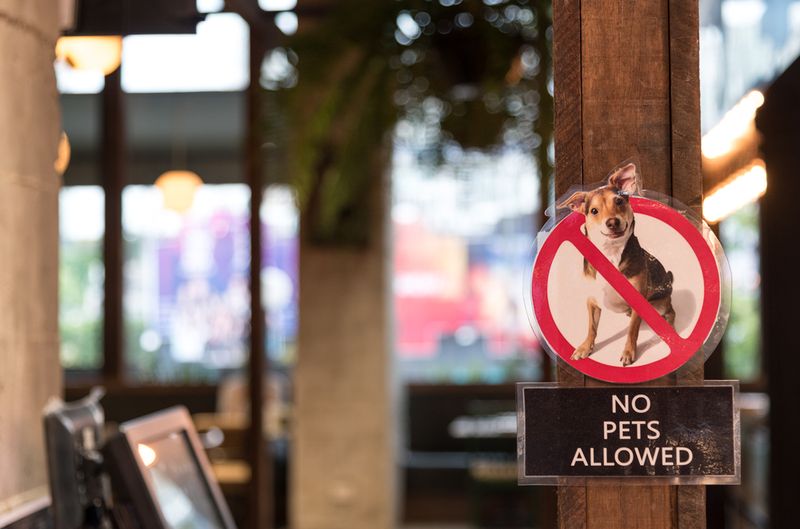
Advertisement
3. Not Checking Your Accommodations Pet-Related Rules
Even after you’ve figured out whether your pet can stay with you, you need to consider what other policies they have. Most hotels that allow dogs still require that you don’t leave them alone at any point, which may be a problem if you’re planning on being out at other non-pet-friendly places.
You’ll also want to ask if there are other resident pets, which may affect the comfort and well-being of your own pet (do they get along well with others?). Are there any pet amenities onsite or close by like grassy areas or a dog run/park? Are there pet-sitting or dog walking services available? These are all important questions to ask. Though more pet-friendly hotels are popping up, you may have more luck with Airbnb rentals, where you can search based on a number of different criteria including whether they allow pets.

Advertisement
4. Your Destination Isn’t Very Pet-Friendly
A huge factor in whether it’ll be okay to bring your pet on vacation with you is whether or not the destination is pet-friendly. Some cities or towns are quite progressive and dogs (the most common travel companion) are allowed in many shops, making sightseeing and touring around very possible. It’s easier to include your pet in some types of vacations such as camping or going to a cottage whereas visiting a big busy city might be quite a bit harder.
Further, the time of year can seriously impact a city’s pet-friendliness. During the summer, many patios are dog-friendly and shops may be more open to having your well-behaved dog inside because their paws and fur aren’t wet or snow-covered. Before deciding whether your pet is going to come with you, do some research to see if where you’re headed is welcoming to furry visitors.
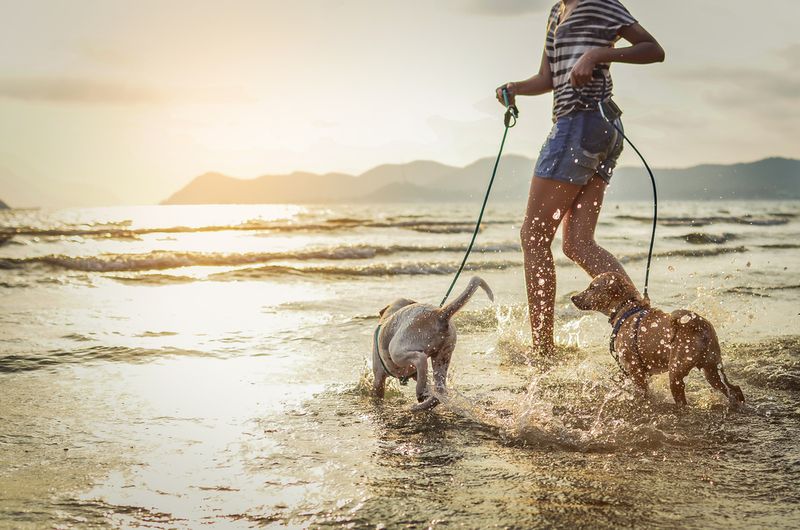
Advertisement
5. Your Pet Has Never Traveled Before
Your pet may be easy going and low maintenance at home, but that doesn’t necessarily mean they’ll be that way when you travel with them. Traveling means new places, people, and scents, as well as a change in routine for your pet, which can be scary!
Before you take them on a big adventure, consider taking some smaller, shorter trips to get them used to travel. You may find that it’s more stressful for them or even you than you anticipated!
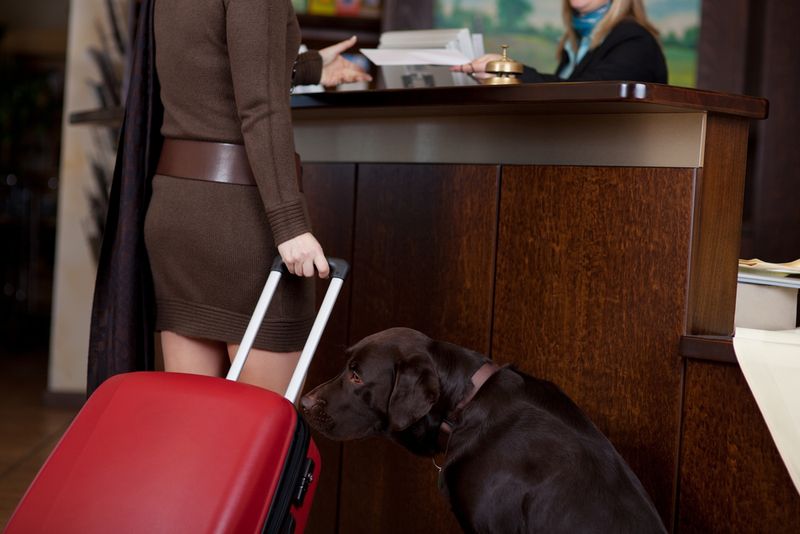
Advertisement
6. You Didn’t Consider The Length of Travel Time
3 hours in the car to the cottage is very different from a multi-day road trip or an international flight. How long is your pet comfortable and settled in a vehicle? If you are all spending a prolonged time in a vehicle, you’ll need to be sure to give your pet regular potty breaks and opportunities for ample exercise before loading back up.
When doing air travel with your dog, book a direct flight if it’s not too long or consider an overnight layover for a long flight so they can decompress in a hotel room with you before being loaded up again. Similarly, consider the amount of time traveling compared to the time spent at your destination. If you’re jumping around from place to place, you’re better off leaving your pet at home.

Advertisement
7. You Disrupted Your Pet’s Schedule
While a significant disruption in your lizard’s schedule probably doesn’t matter, some animals (especially dogs) thrive on keeping a schedule. Dogs can succeed when they know what you expect of them, so routine, exercise, and rules are super important and can help keep them from displaying undesirable behaviors.
When you travel, do everything you can to keep their schedule the same – meal times, walks or exercise, crating, potty breaks, and so on. Routine and structure will tell your pet that everything is okay so they can feel safe and relaxed, even in a new place.

Advertisement
8. Change in Stimulation and Exercise Needs
When your pet experiences change in their world, increasing their exercise to drain nervous or anxious energy can help them adjust, but at minimum, you should be keeping their daily exercise the same as it is at home. If you’re headed to a cottage, it might be easy to get in a daily hike or do some dock diving to tire your pooch. But just because you’re visiting a big city doesn’t mean your dog is going to give you a free pass.
If you’re planning on leaving your dog for a few hours, walk or run with them first thing in the morning before you head out solo. If you’re leaving them alone when you head out later, put some peanut butter in a KONG toy to provide some stimulation and fun while you’re gone or play with your pet before putting them back in their enclosure.
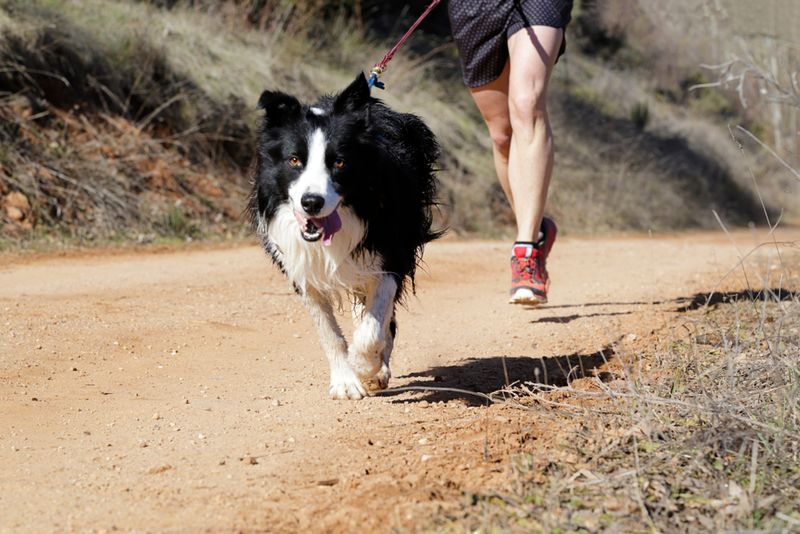
Advertisement
9. Not Preparing For Health and Medical Issues
Just like people, some animals are prone to motion sickness. Other animals may become anxious when traveling. If this is is true for your pet, you should consider whether travel is right for them and then either have them stay with friends or family or a boarding facility. Alternatively, vets can prescribe medication to help curb nausea or anxiety in your pet – for a fee of course.
You also need to be prepared in the case that your pet gets sick or injured while traveling. Have a copy of their health records accessible (e-copies are fine too), especially if they have pre-existing health issues. Be sure to look up at least one 24-hour emergency vet clinic close to where you’ll be staying in case something happens! Too often, people aren’t prepared for the worst-case scenario when traveling with their pets.
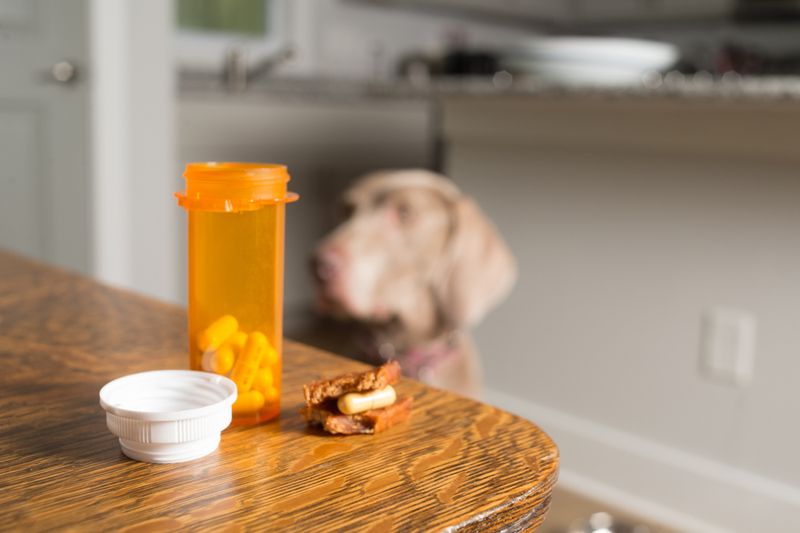
Advertisement
10. Making Sure They’re Appropriately Trained
Okay, so you probably don’t have to train your pet rabbit if you’re bringing them along on a trip, but dogs are a different story. Nobody likes a party animal (pun intended) for a neighbor at a hotel. Make sure that your pet is reliably housetrained and doesn’t scratch or chew on furniture or carpets. Is your pet capable of being quiet? This is an absolute necessity as a pet guest! Dogs who are prone to vocalization or have separation anxiety do not make good travel companions.
Also, be aware of your fellow guests and respect their space. Although you may love your pet, many people are afraid, allergic or plain just don’t like animals. Don’t let your pet approach other people or animals without your direct supervision and the other person’s permission.

Advertisement
11. Not Understanding The Requirements and Risks of Air Travel
Unless airline travel is absolutely necessary, you should leave your pet at home, as flying is generally quite stressful for animals. But if you are going to bring your pet, doing research beforehand is critical. Determine what the requirements, restrictions or fees are with the airline. They all require some sort of documentation for passage – and don’t assume you already have it.
Small pets (under 10 pounds) can travel in the cabin but need to be inside a carrier that they can move around in and can fit under the seat in front of you (no handbags!). If your pet is larger, they will need to travel in the cargo hold in a hard plastic airline-approved crate. All kennels must have absorbent material in case of accidents. Before boarding, exercise your pet well to drain their energy and feed them well enough in advance that they’ve had a chance to eliminate. And to make life easier, try to book direct flights.
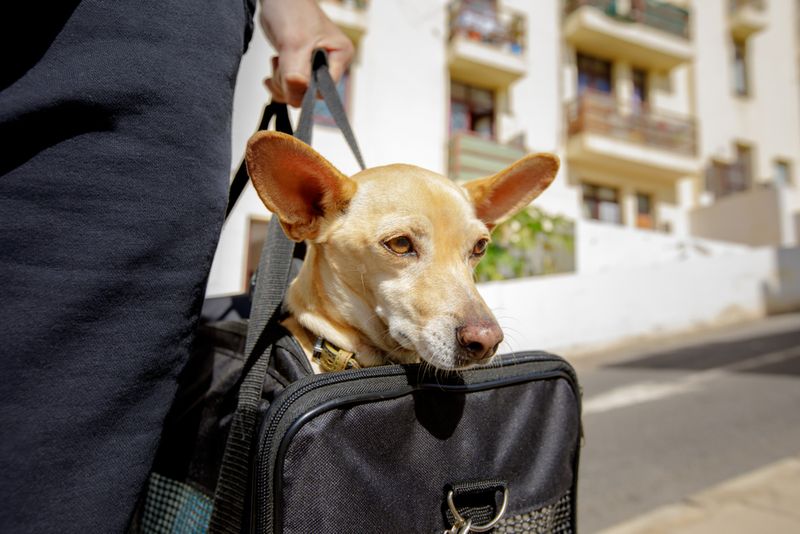
Advertisement
12. Cage, Crate, and Seatbelt Requirements
When traveling in a car, confine or restrain your pet (with a seat belt, crate or carrier) for safety. Generally, if a dog has been properly introduced to their crate, it becomes their safe space or den, which will help them stay calm on car rides and adjust as they encounter new places when you travel. Carrying your pet on your lap or letting them roam free in the car is unsafe as they can act as a projectile if you’re in an accident, be distracting for the driver, or interfere with the gas pedal or brake.
Moreover, it’s important to keep your pet in the back seat in case the airbag deploys on impact if you get in an accident. If your pet doesn’t like road trips or suffers from car sickness, talk to your vet about medications or behavior modification advice, like starting small with short journeys before working your way up to a full trip.
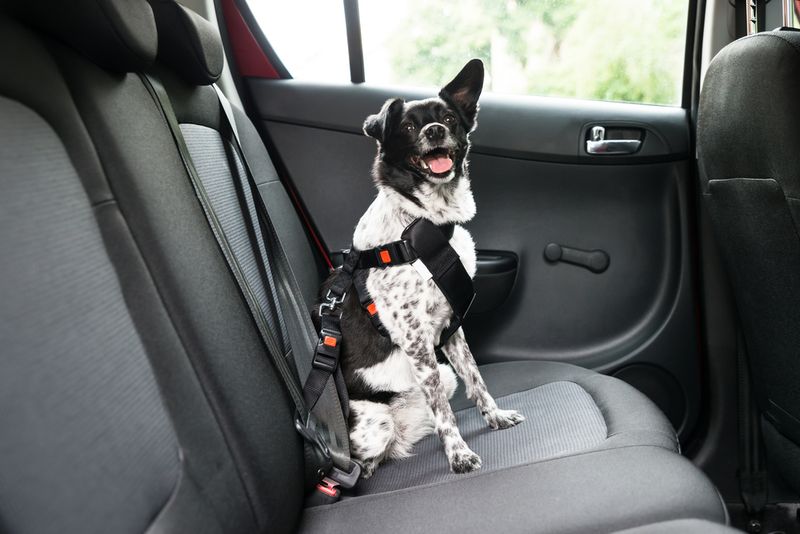
Advertisement
13. Your Pet Doesn’t Have Proper ID
Being in a new place can be scary for animals, making them more likely to spook and bolt. When they get lost in a new place, they may not know how to find their way back to you and you likely have a hard deadline when you have to leave by to head back home. If you’re pet is still missing at that point, it becomes more difficult and stressful to try to find them remotely. For these reasons, your pet absolutely must have proper identification.
Make sure your pet is microchipped with up-to-date information on file and has an ID tag securely on their collar. Alternatively, consider a custom collar that has your name and number engraved on the buckle, as tags can get snagged and fall off. Consider getting a GPS tracker for their collar. Finally, be extra cautious by not taking their collar off unless they’re in their crate, making sure they’re indoors and secured during a storm or fireworks, and not letting them off-leash in an unfenced area.
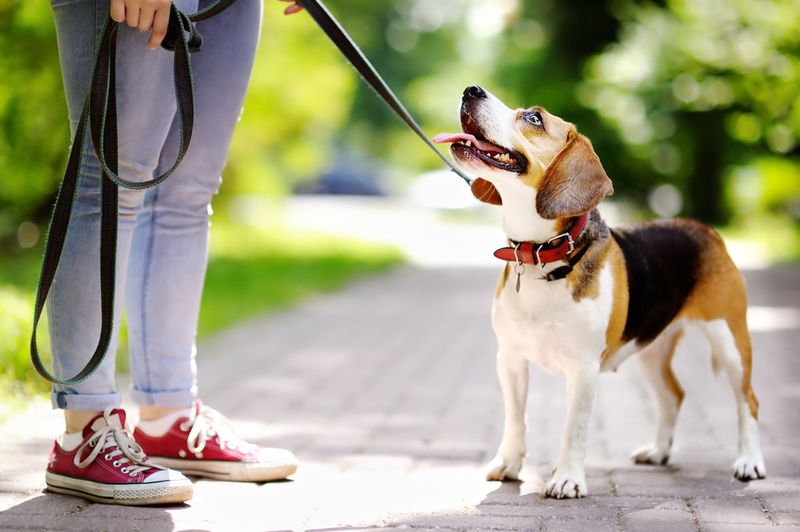
Advertisement
14. Not Knowing The Signs of Stress in Your Pet
So cute! Your dog is smiling for an Insta-worthy pic! Except they probably aren’t. Smiling, heavy panting (when it’s not super hot out), yawning, drooling, licking, raised hackles, and a high wagging tag are all signs of stress in a dog. Many owners mistake signs of stress for signs of excitement. Similarly, cats may excessively groom themselves, scratch, vocalize, mark, and have digestive issues when under stress.
Before you travel, have an understanding of what your pet might do if they’re stressed and have a plan to help them should they become anxious. You should bring a crate and make it den-like by draping a blanket overtop or carry a natural remedy like Bach’s Rescue Remedy for animals.
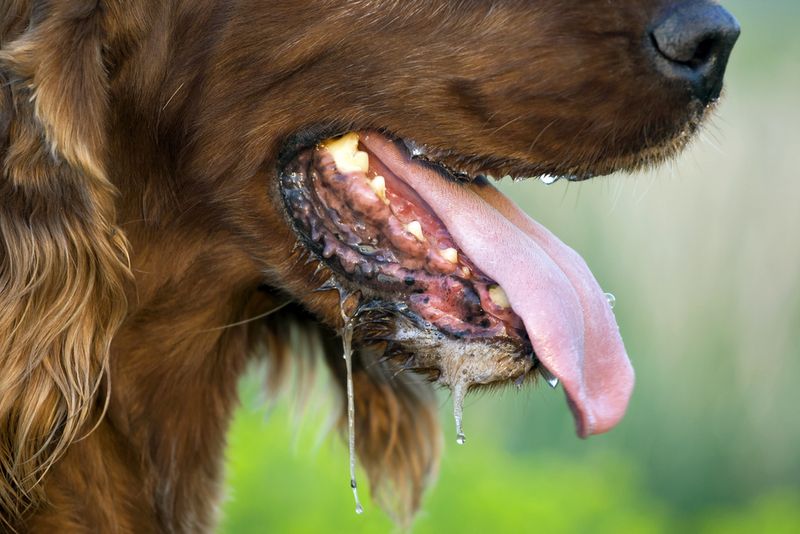
Advertisement
15. Forgetting Vaccinations, Medications, and Preventions
Expect to have to produce the appropriate documentation, including vaccination records if you’re crossing any borders (by airplane or car). Each country has its own requirements around documentation, so give yourself ample time to secure what is required before you leave. There are also rules around re-entry into your own country with your pet after visiting another one so be sure to understand those so you don’t risk them being quarantined.
You should be vaccinating or titer testing your pets at home regardless, but it can be even more important when you’re traveling. Be sure your pet is up to date on their vaccinations, is on heartworm prevention, flea and tick prevention, and (if applicable) bring a pet-friendly bug spray. Consult your vet before the trip to ensure they don’t need any additional vaccinations.
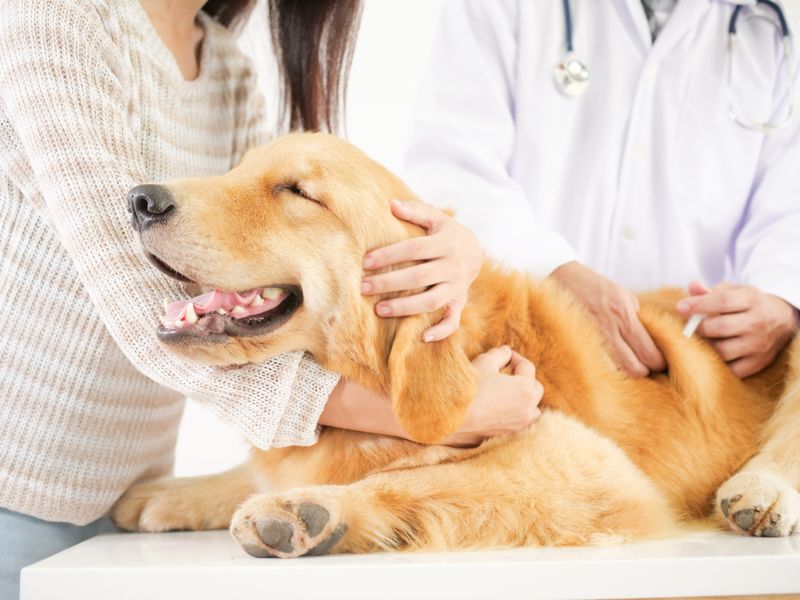
Advertisement
16. Sedating Your Pet
Only rarely is it actually a good idea to sedate your pet for travel – especially air travel. Pressure and temperature changes in the cargo hold are different than the cabin and your pet generally needs to be alert to handle those changes.
Furthermore, generally no one is allowed to check on your pet in the cargo hold during the flight, so if your pet has an adverse reaction to sedation, they won’t receive appropriate care. If you have concerns about traveling with your pet, consult your vet for safe options.

Advertisement
17. Forgetting To Pack What Your Pet Needs
Be sure to pack all the basics for your pet, but consider what else they may need. Depending on your destination, some items that you need might not be readily available or may be very expensive, so planning ahead is best. Remember food and water bowls, medication, special toys, leash, a can opener (if your pet eats canned food), grooming tools, bedding, plastic bags/litter box and a pet stain remover (to avoid hefty hotel cleaning charges in the event of an accident).
Pack a couple of days of extra food for them so that they don’t go hungry if your flight is canceled or they get into their food unsupervised. It’s also a good idea to bring along your pet’s usual food since travel signals a change in routine, which can upset their stomachs. Be sure to note any restrictions on what you’re allowed to bring across borders as well, which might (albeit unlikely) require you to change your pet’s food in advance. For example, you are not permitted to bring lamb (even in pet food) across the Canadian-United States border.
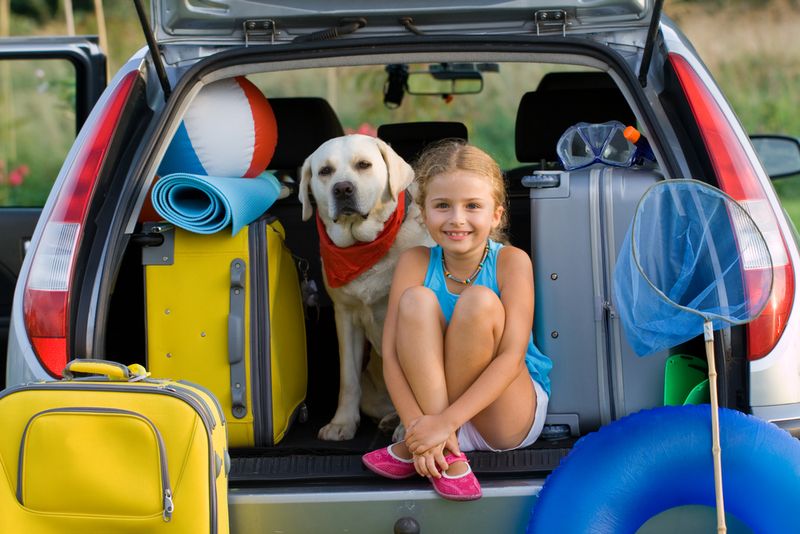
Advertisement